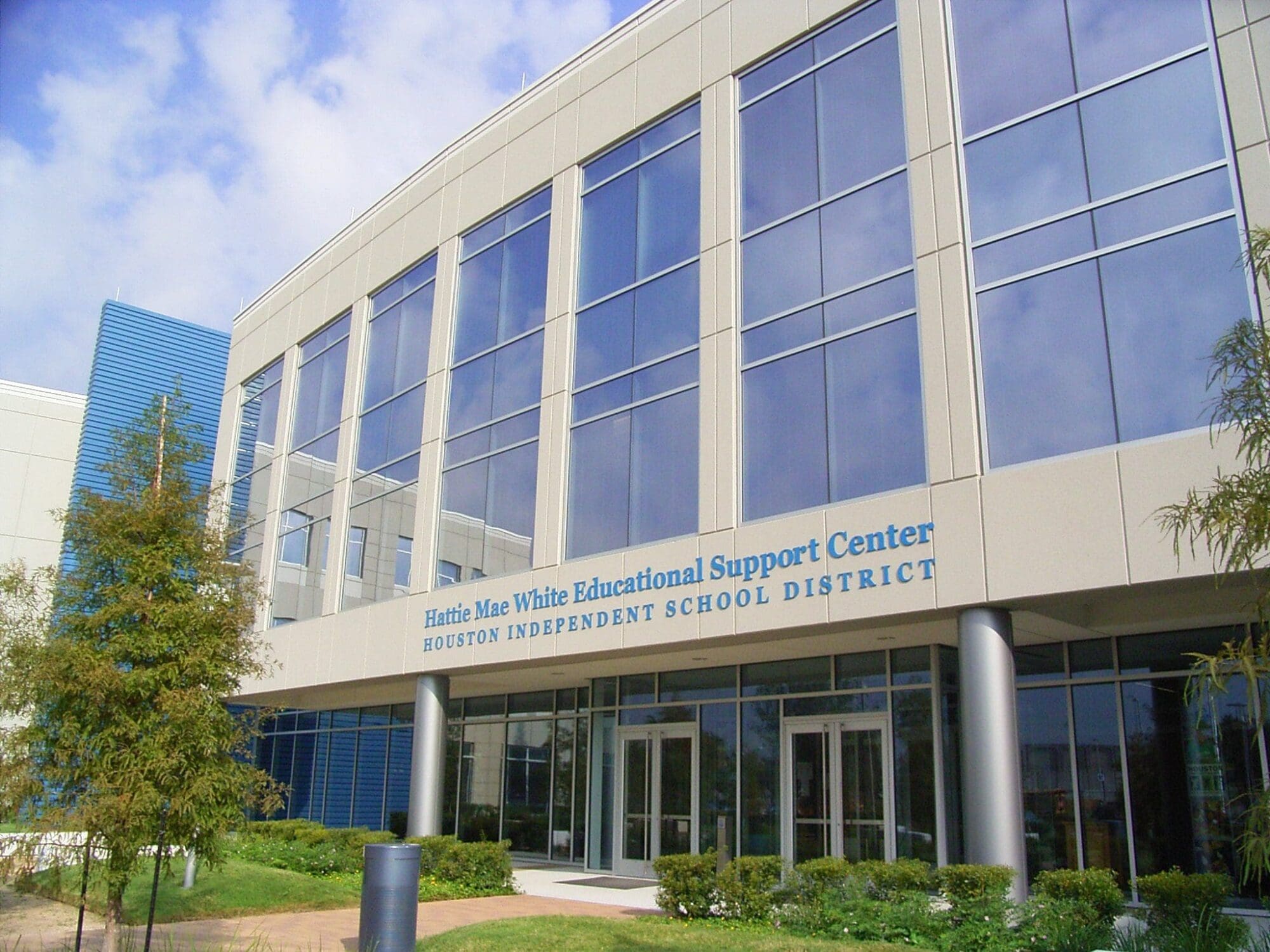According to the National Education Agency (NEA), Texas allegedly ranks 47 in education spending per student. A quick look at government data, however, exposes that talking point for what it is—a lie by omission.
For starters, comparisons of nominal education spending between states are flawed because they don’t account for differences in the cost of living, which varies wildly. Cost of living variances aside, the NEA’s figures simply don’t match the Texas Education Agency’s (TEA) own reports on total education spending because they simply fail to count all of it.
For example, in 2013, the NEA claims that Texas spent only $8,275 per student on K-12 education. The Texas Education Agency disagreed, reporting per student spending at $10,549. When looking at total spending, Texas actually ranks 36th overall (not 47th), according to a report by the American Legislative Exchange Council (ALEC).
In Texas, one of the largest categories of spending excluded by the NEA are proceeds from local debt, which also happens to be the largest debt sector in our state, or $108 billion. In fact, Texas currently has the second highest, per person, local debt in the nation.
Embarrassingly, the 100-page NEA report fails to fully clarify what it classifies as an “educational expenditure”. And although the Forward admits the report uses “selective statistics”, the Executive Summary doesn’t tell you where, why, or how.
The NEA report appears to be academic…but don’t be fooled.
Its conclusions are designed to help the un-limited government lobby get more of your money. It’s also a way to mislead well-meaning public educators that Texas taxpayers don’t value them or their students as much as they should. Unfortunately, lazy journalists have been willing to parrot the flawed NEA rankings, without anyone fact-checking…at least until now.
As a result, the false narrative suggesting that higher education spending will guarantee higher levels of learning continues largely unchallenged—at least in states with relatively low SAT scores like Texas.
In Washington D.C., where per student funding is the highest ($27,263) in the U.S., students actually rank last in proficiency. The NEA dismisses such examples. After all, the educational elite in D.C. are already getting their money.
Unfortunately, both Democrat and Republican legislators in Texas have taken the bait. They’re joining forces with government employee unions and other liberal outlets in continuing to use bad NEA data to rationalize increased spending either by pushing for more money, or by constantly referring to education as “underfunded”.
It begs the question—if you don’t know how much Texas taxpayers spend on education, how can you arrive at the conclusion that “it” isn’t enough?
Texas won’t have a productive policy debate on education spending if we continue to allow lazy reporters and ignorant politicians to use bad data to intimidate truth-seekers.
After all, with the education “experts” committing such a colossal (and ironic) math blunder, how could anyone defend government-controlled education funding on the basis that “the experts always know better” than taxpayers and parents?
Recently, we’ve relied upon lazy politicians using bad math from a self-interested education lobby to advance a narrative that asks Texans to throw more money at a miscalculated “problem”.
To be frank, that flawed logic just doesn’t add up.




